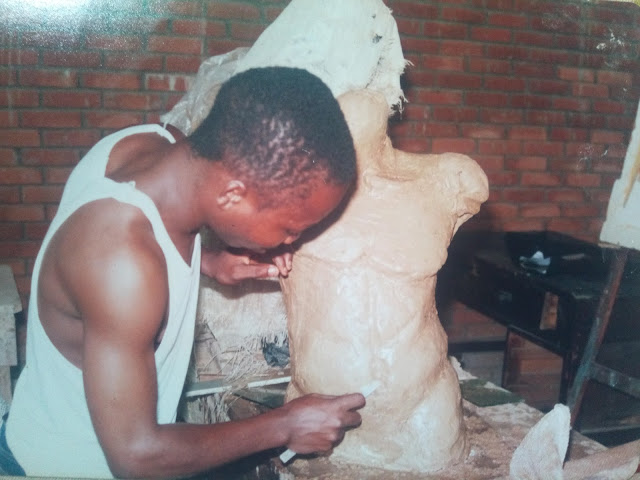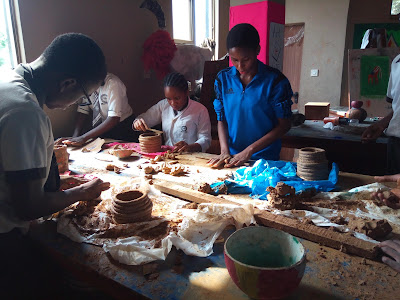
Definition of Modern and Contemporary
Sculpture
The art of sculpture
is no longer restricted by traditional sculptural concepts, materials or
methods of production. It is no longer exclusively representational but
frequently wholly abstract. Nor is it purely solid and static: it may reference
empty space in an important way, and can also be kinetic and capable of
movement. Finally, as well as being carved or modelled, it can be assembled,
glued, projected (holographically), or constructed in a
wide variety of ways. As a result the traditional four-point meaning and
definition of sculpture no longer applies.
"Sculpture is the only branch of the visual arts that is
specifically concerned with expressive three-dimension form."
Almost
any material capable of being shaped in three dimensions can be used in
sculpting. But some materials like stone - especially hard limestone (marble) -
wood, clay, metal (eg. bronze), ivory and plaster have exceptional
"plastic" attributes and have therefore proved most popular to
sculptors from prehistoric times onward. As a result, for most of its history,
sculpture has been created using four basic methods: stone carving, wood
carving, bronze casting and clay firing.
The basic traditional forms of this 3-D art are: free-standing
sculpture, which is surrounded on all sides by space; and relief sculpture
(encompassing bas-relief, alto-relievo or haut relief, and sunken-relief), where the design remains attached to a background, typically stone or wood.
(encompassing bas-relief, alto-relievo or haut relief, and sunken-relief), where the design remains attached to a background, typically stone or wood.




























